As we’ve seen in recent years, the design trends for outdoor spaces have been changing quite a bit. Whereas the design of the garden and landscape is mostly treated as separate from the house, recent trends in architectural design have seen stark, modernist lines merge with dynamic, free-flowing foliage, merging the natural with the man-made quite unlike anything else. Thanks to this trend, natural materials and textures are very much in vogue, with more and more suppliers like Soil Yourself out in the market. One material that we will be talking about in this article is sand. Although sand is a bit of a shifty and unruly material when it comes to cleaning it up, its texture makes it very useful for creating unique landscape designs that bring its own flavour to your home. We’ll go through a few ways you can make use of sand in your landscaping in this article.
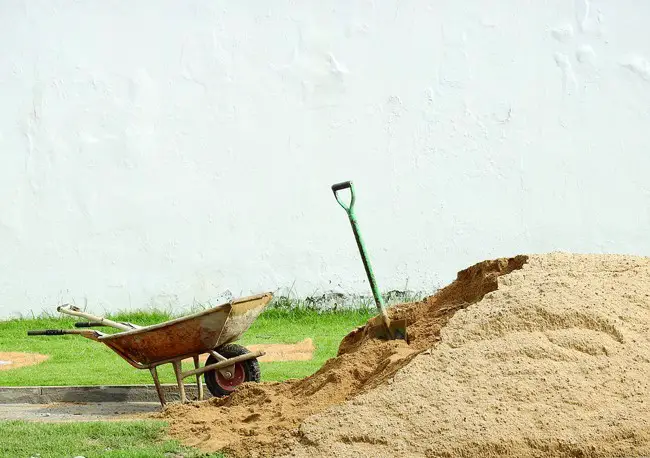
Personal Beach
One of the first things that people recognise when they think of sand is the beach. So, a great way to incorporate sand into your landscape design is to bring the beach into your home with one of your own. Start by picking out a corner of your outdoor space, and have it cleared of any plants, weeds, and soil down to a decent depth (up to a foot should be fine). Then, lay down a layer of smaller rocks such as gravel or crushed granite on top of the excavated ground; this will act as a sort of buffer between the sand and the soil underneath. Next then comes the sand that fills in the excavated area up to ground level, or maybe slightly above ground level to add sand dunes. This technique works great if you want to add a beachy flavour to a bland corner of the garden – or probably better yet, around an outdoor pool for that authentic beach feel.
Of course, there are a couple of challenges to doing something like this. For one, you’re going to need a lot of sand to fill in your garden area, especially more so if you want to convert your entire area into a beach. Another challenge is making sure the sand is kept well away from the pool and its filtration system, as sand grains can really do a number on pool filters. Keep these in mind as you build your personal beach.
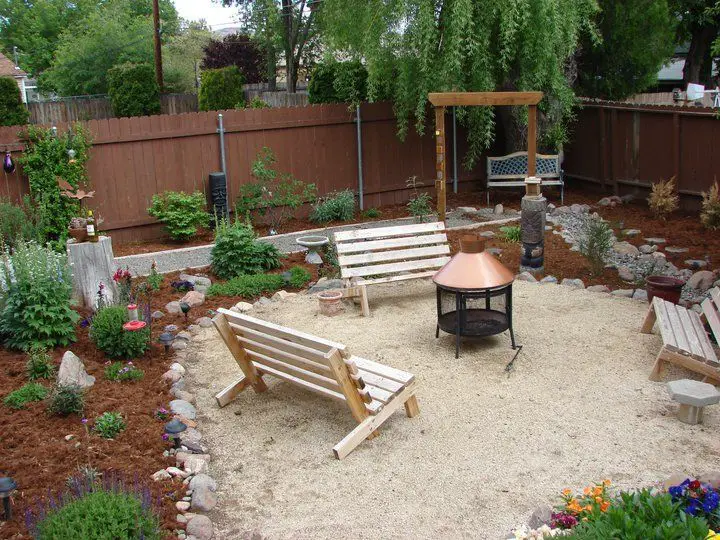
Zen Garden
Sand has a uniquely shifty and flowing quality – qualities that are not lost on Japanese culture that makes use of sand as a symbolic representation of water in the Japanese Zen garden, also known as the dry landscape garden. Zen gardens are used in outdoor spaces in many Japanese homes as meditation areas that one may look at, contemplate larger philosophical concepts, and reflect on oneself.
To start, pick out one area of your outdoor space that you want to convert into a Zen garden. Gather up various rocks, moss, and plants that you will be using to build your garden. The next and hardest part is the actual building process – choosing which rocks and plants to place in which locations. Once you’ve placed these other elements, rake the sand in certain directions to represent ripples or waves in the water.
In general, the design of the Zen garden is meant to be a small scale caricature of the great landscapes we see in nature. So in the same way that sand symbolises water in a Zen garden, other elements also represent other parts of the landscape – rocks serve as mountains while plants serve as, well, plants. The Japanese place a lot of emphasis on symbolism, and many books on creating Zen gardens have many guidelines for building landscapes and arrangements of elements that have additional symbolic meaning.
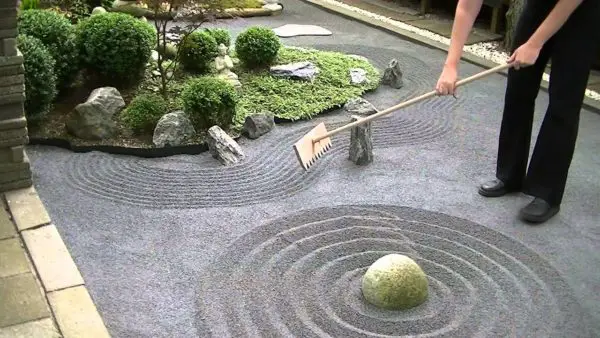
Sandbox
If the last two suggestions are a bit too much to handle in terms of budget and effort, another way you can add sand to your outdoor space is something that every child and child at heart will remember fondly – the sandbox. Building one is relatively simple: find a spot to set up your sandbox, build your box, and fill it up with sand. And with that, you have an easy play area for the children that will always be just right outside for you.
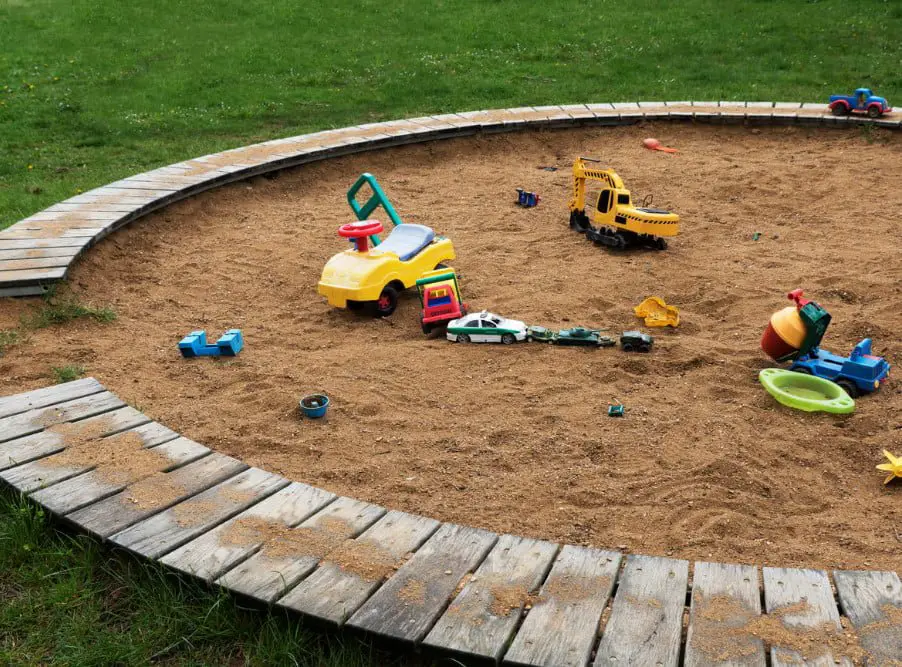
Challenges and Additional Tips
Much like what we’ve mentioned about laying sand around a pool, one of the big challenges of working with sand is making sure your sand grains don’t get tracked into unwanted areas, especially inside the house. Sand is, after all, a very shifty and very rough material that can find its way into nooks and crannies and can really rough up your day – especially when it’s wet. To get rid of wet sand sticking to your feet or footwear, consider having a basin of water set up before you enter the house to wash the sand grains away.
Rain can also bring its own challenges in terms of how your sand landscapes look. This is an especially large issue if you are building a Zen garden, as the ripples you raked into the sand will no doubt be flattened one the rain washes away. To make sure your sand stays in the outdoor spaces you placed them in, consider reworking your outdoor drainage system in such a way that helps drain away water but not sand; sand can be rather costly or otherwise a bit of a hassle to replace, especially in larger volumes.
Conclusion
Just like the nature that exists out in the wild, the nature of a garden is constantly changing, growing and evolving in its own unique way. And as recent design trends have been trying to make a deeper and more significant connection with nature, the shifting, flowing characteristics of sand is being seen as a great material to help reflect this connection. Although incorporating sand into your outdoor design work has its own challenges, the results and ideas that can come from it can be both timely and timeless at the same time. We hope that the examples shown can help spark new ideas to work sand into your own outdoor spaces.

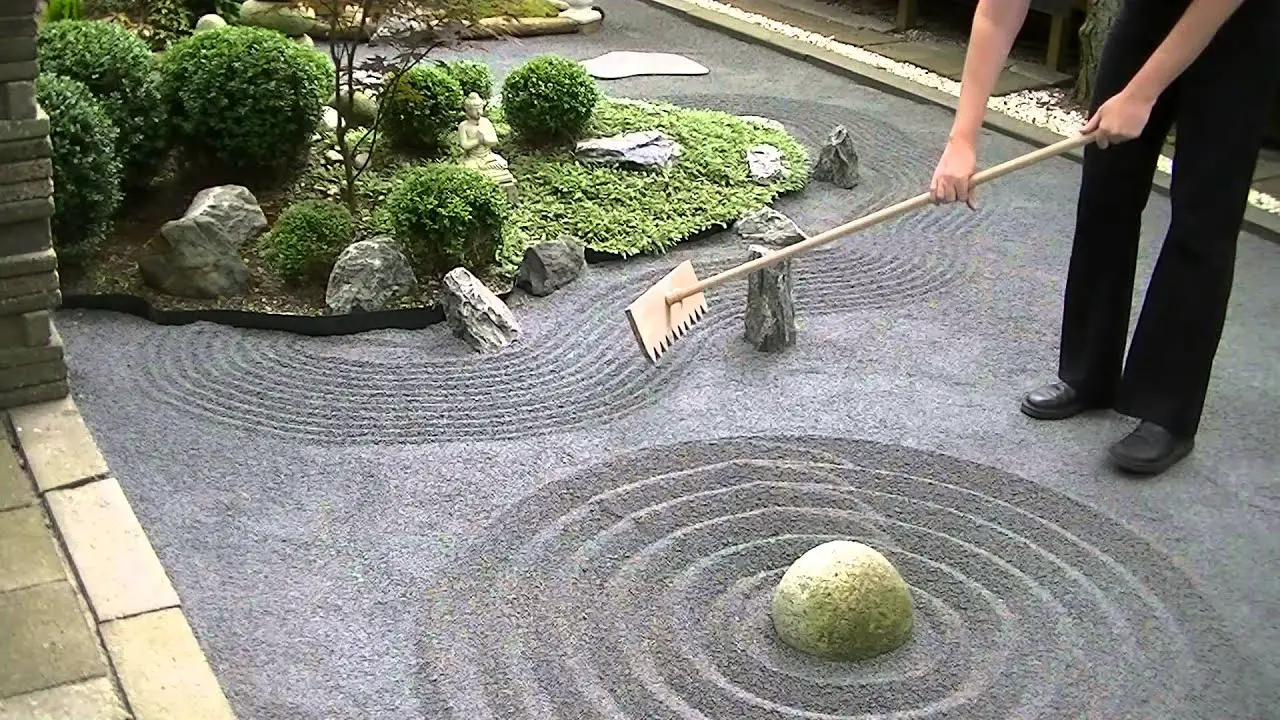

You must be very Careful when using sand. Especially if you live in Town or Country Cats will use this area as a Bathroom. It smells and is very dangerous to your health. If small covering is an option but large areas are tough. Just a thought to pass along.